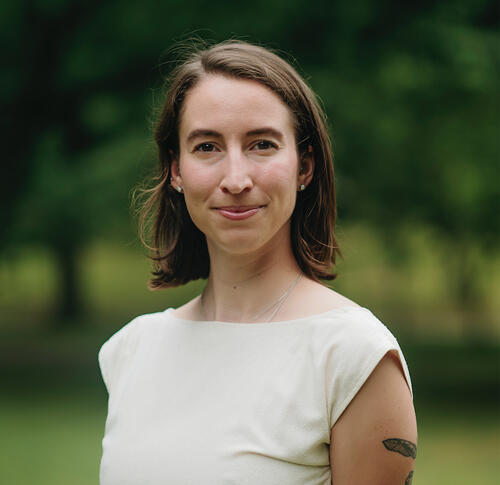
BGC Member Spotlight: Alex Killion

Background: Alex is a conservation scientist focused on human-environment systems with an emphasis on sustainable development and wildlife conservation. He earned his Ph.D. from the University of Michigan where he examined how system interventions can reduce tradeoffs and produce positive outcomes for both human well-being and wildlife conversation. He was awarded a NASA doctoral fellowship to investigate how new spaceborne data can measure the three-dimensional structure of habitat for a wide range of species. Alex was also a PI of a team of multi-disciplinary early-career scientists at the National Socio-Environmental Synthesis Center exploring the feasibility of a nationwide dynamic conservation program in agricultural lands.

Research: Alex’s research relies on advanced geospatial and quantitative techniques and is often in partnership with end-users across sectors to directly apply research findings. He works to identify optimal conservation opportunities by first listening to community needs and co-implementing a data-driven approach towards co-benefits. This research has spanned topics including wildlife, forestry, agriculture, wildfire, environmental security, tourism, infrastructure, and climate change adaptation. Recently, Alex has developed new remotely-sensed metrics with NASA and other space agencies to better measure and manage landscape diversity using spaceborne LiDAR and hyperspectral sensors.

At the BGC Center: Alex is a Postdoctoral Associate at the Center for Biodiversity and Global Change and leads the Conservation and Macroecology Team. He is developing spatial prioritizations for conservation across North America. This includes measuring current species-level protection, establishing ecologically informed and policy-relevant targets, and incorporating other conservation priorities in a multi-objective framework. He also engages directly with external partners to deliver tailored solutions relying on the lab’s latest advancements. He is also working to improve the resolution and inclusion of current and future land uses in species distribution models. As part of this work, Alex will work with partners at NASA’s Jet Propulsion Laboratory to better utilize remote sensing for wildlife conservation.




